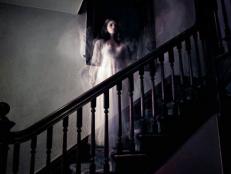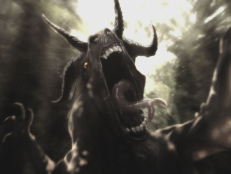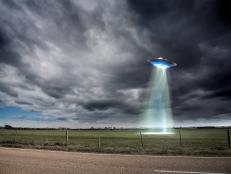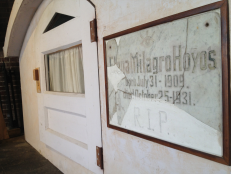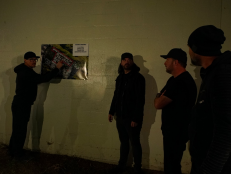Hunt for Dracula

Oleksandra Gnatush-Kostenko
The vampire is one of the oldest figures in mythology. Ancient Babylon, Egypt, South America and nearly every civilization has its own ancient texts describing creatures of the dead that prey upon the living.
Irish author Bram Stoker may have chosen Romania as the setting for his horror novel, "Dracula," for several reasons, but he was intrigued by the country's old-world feel. So he switched the original setting from Austria to Transylvania, an infamous region in Romania.
Nearly 90% of Romania belongs to the Eastern Orthodox Church. In some areas in Romania, people are really afraid of death and will do everything to avoid death.
One spooky ritual known as the killing of the living dead is a grisly tradition still practiced today in the countryside. The villagers have been known to dig up the dead buried body of the person that is haunting them. They cut out the heart and burn the body. The ashes are turned into a potion. The people haunted by the dead person drink the potion to rid them of the haunting spirit.
According to Romanian tradition, a corpse will not decay until the body's spirit has passed into heaven or hell. For this reason, Romanians dig up the bodies after an interval of 7 years. If the bones are white and clean, then the soul has entered into eternal rest. If the decomposition is not complete; it's believed that the soul has been trapped on earth, becoming a ghostly, vampire-like creature known as a Strigoi. A Strigoi does not suck blood like Dracula. It is merely a predator, stealing milk from cows; destroying harvests; or causing impotence.
Killing a Strigoi seems eerily similar to slaying Dracula. Most of the rituals to "set the soul free" are: decapitation, burning and putting a wooden stake through the heart. In all these practices, garlic, the cross, holy water and/or basil is used.
Bram Stoker may have also gained some inspiration for his popular novel from Negru Voda, which translates to "the dark prince." It refers to an ancient ruler in southern Romania. He was a young nobleman who longed to make his mark on the world. He was willing to make sacrifices to get it. The only clues of his existence are hidden in the shadows of Romania's Southern Carpathian Mountains in an ancient city called Curtea de Arges.
Across Romania, Dracula isn't just a name in fiction. It refers to a real-life notorious 15th-century noble known as Vlad Dracula. Known as Vlad Tepes or Vlad the Impaler, Vlad Dracula was the son of Vlad Dracul and legendary for impaling thousands. Most Romanians claim that the connection between Stoker's Dracula and Vlad Dracula ends with the name.
Tourists can head to southern Romania to a medieval region known as Wallachia to separate the fact from the fictions. It was here, even before Vlad was born, that his father was recruited by a secret order known as the order of the Dracul. The Order of Dracul was out for blood. They were determined to protect Europe's Christian nobility from invading Muslim Turks.
No one knows where Vlad was born, but some believe it was in Sighisoara in 1431. Still one of the best preserved medieval fortresses in Europe, Sighisoara's narrow streets and dark alleys definitely seem like the perfect breeding ground for a notorious blood fiend.
The legendary house where Vlad was born is Casa Dracul. Today it is a carefully restored restaurant filled with narrow stairways and Dracula artifacts. Only a couple doors down tourists can check out Vlad's favorite instruments of torture inside a museum located in the giant clock tower in Sighisoara.
Bram Stoker came up with the perfect setting for his famous novel. There are more than 25 species of bats in Romania. Wallachia was Vlad's kingdom situated between Transylvania and the Ottoman Empire. It was the bloody battleground between the Orthodox Romanians and the Islamic Turks. Now, Vlad Dracula's capital fortress at Tirgoviste lies in ruin. The most impressive feature still standing is the Chindia Lookout Tower. It was likely here that he plotted some of his most bloodthirsty acts of revenge.
Tourists can head to Poienari, which is also known as the Citadel of the Black Prince. It's said that the stink of bodies of nobles -- who were not impaled, blinded or skinned alive -- could be smelled from miles away.
One piece of evidence suggests that Vlad may have been a true vampire like Dracula -- actually dining on the flesh of his victims. Engraved around the time of Vlad's death, a German woodcut shows Vlad dining on meat surrounded by various dismembered bodies.
Most believe Vlad was captured and beheaded by the Turks -- his head saved by the Turkish Sultan as a trophy. Others believe he may be buried somewhere in Romania.
Tourists can also take a tour of some spooky spots described in Stoker's novel. They can head to Bistrita, Romania. Since "Dracula" was published, a modern hotel called the Golden Crown Hotel has been built. Bram Stoker imagined it. Tourists can head up to the Borgo Pass -- a place that's almost as chilling in real-life as it is in the novel. Visitors can even take a horse-drawn carriage ride. The horses wear red tassels through the Pass to ward off evil spirits there.
Bram Stoker placed the castle of Count Dracula in Borgo Pass, but no castle existed here. The small Transylvania village known as Piatra Fintinele is another destination for Dracula fans. Inspired by the novel itself, Dracula Castel Hotel tries to copy Stoker's description from top to bottom. Tourists can venture down the hotel's dark stairwell to a real crypt with a suspicious coffin.
At the heart of Dracula is a unique look at Romania's history. By combining nobility, legends, and landscape, Bram Stoker was able to fashion a new face for terror and create a character who will outlive us all.
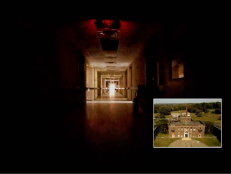
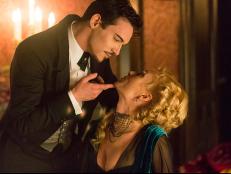

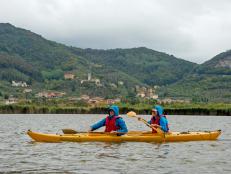

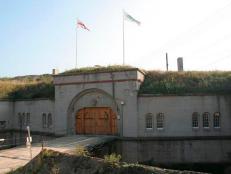
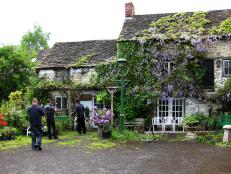
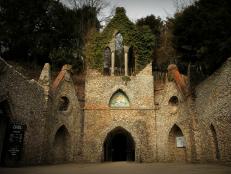
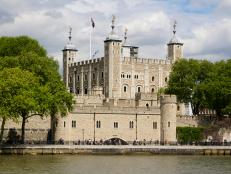
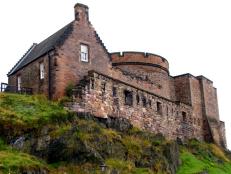

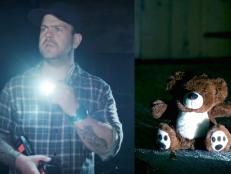





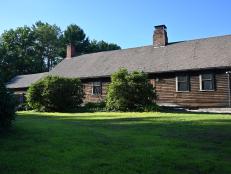

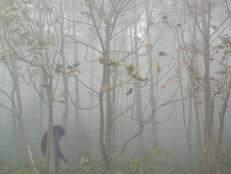
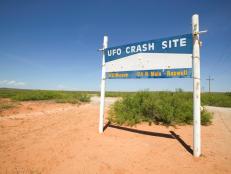
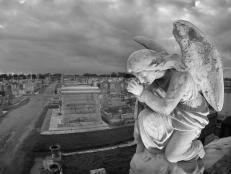

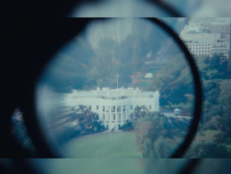
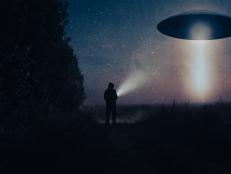
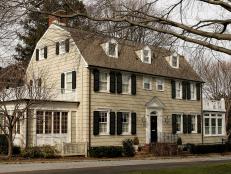
.jpg.rend.hgtvcom.231.174.suffix/1674758726773.jpeg)
